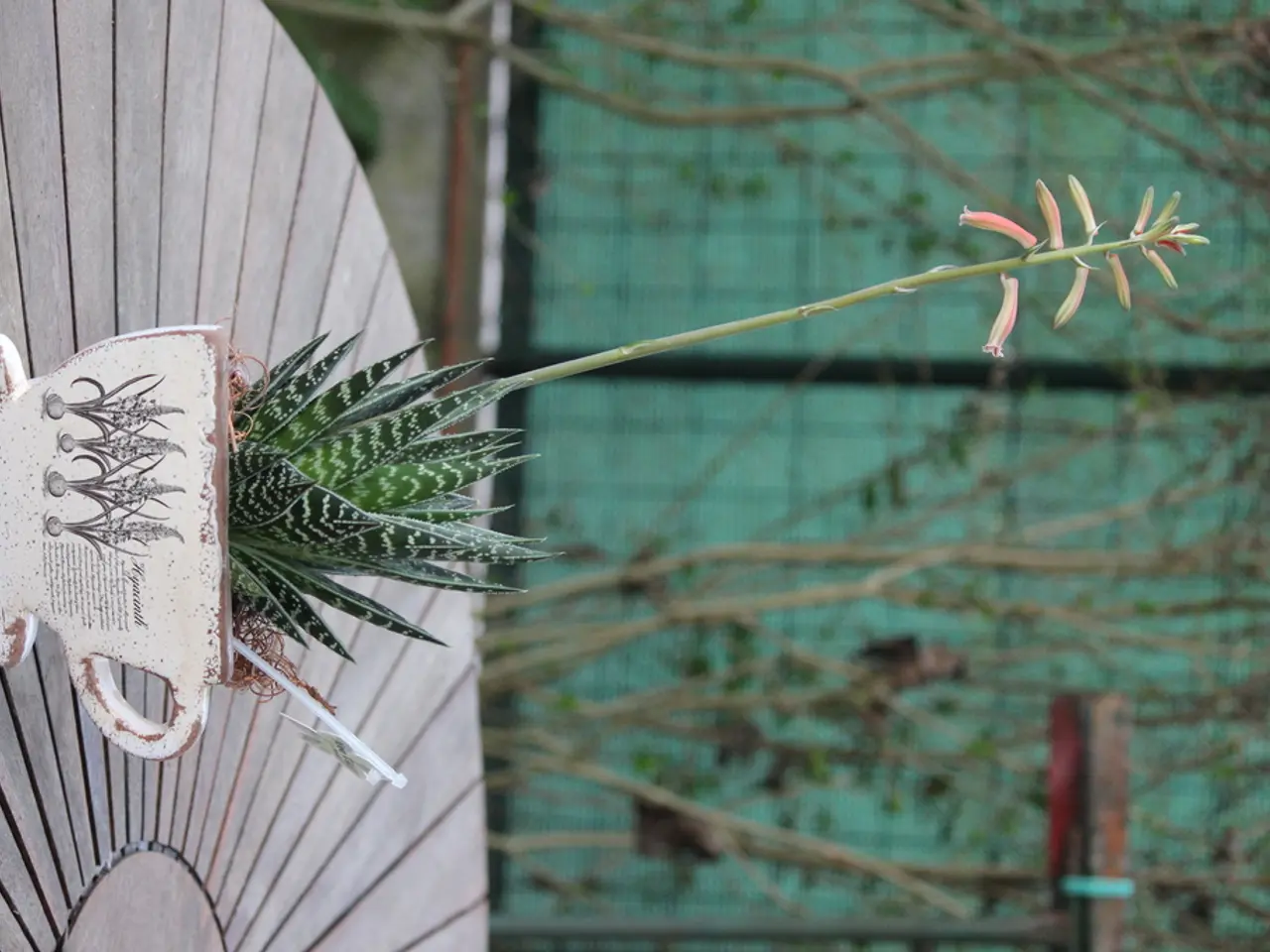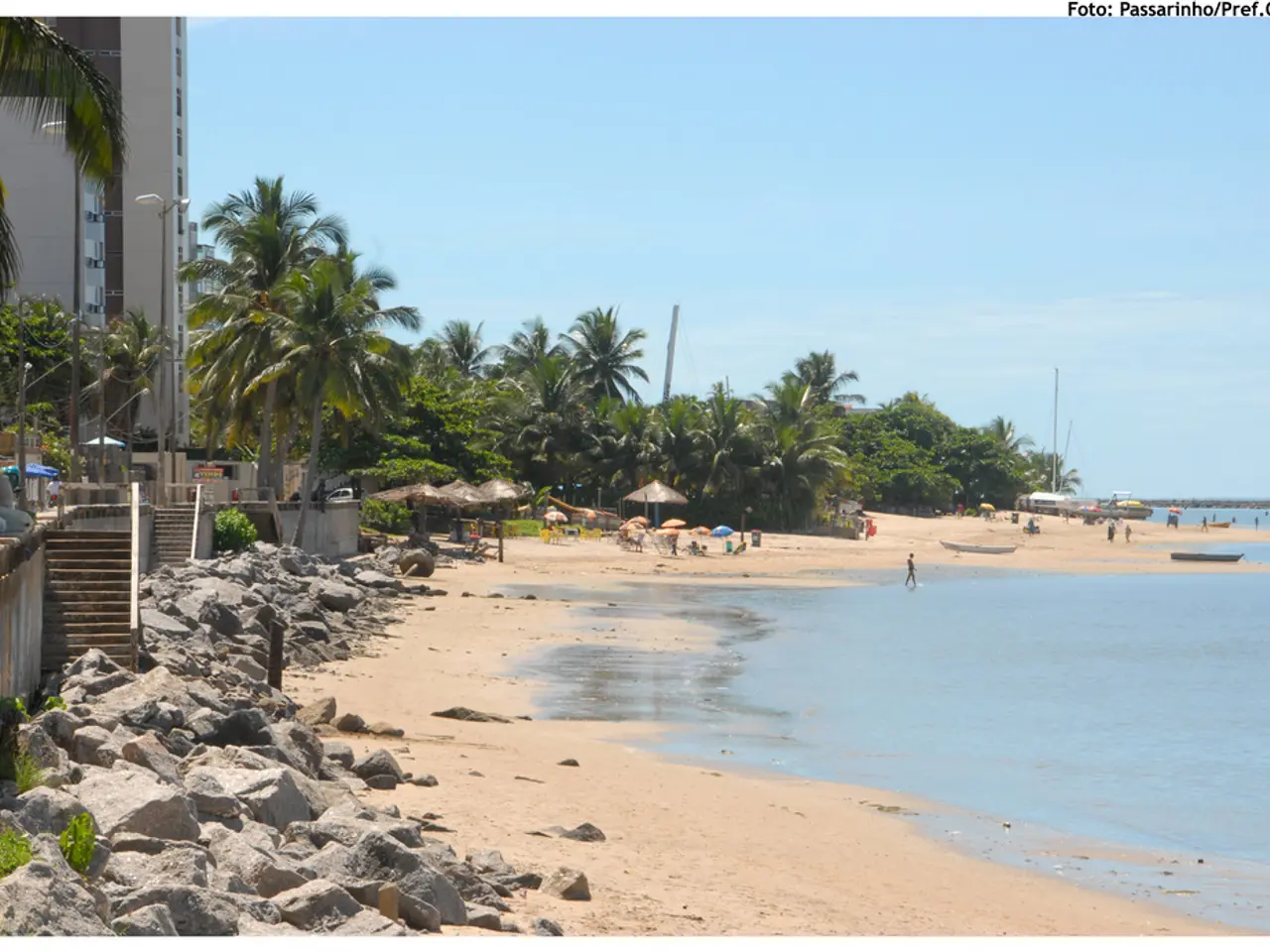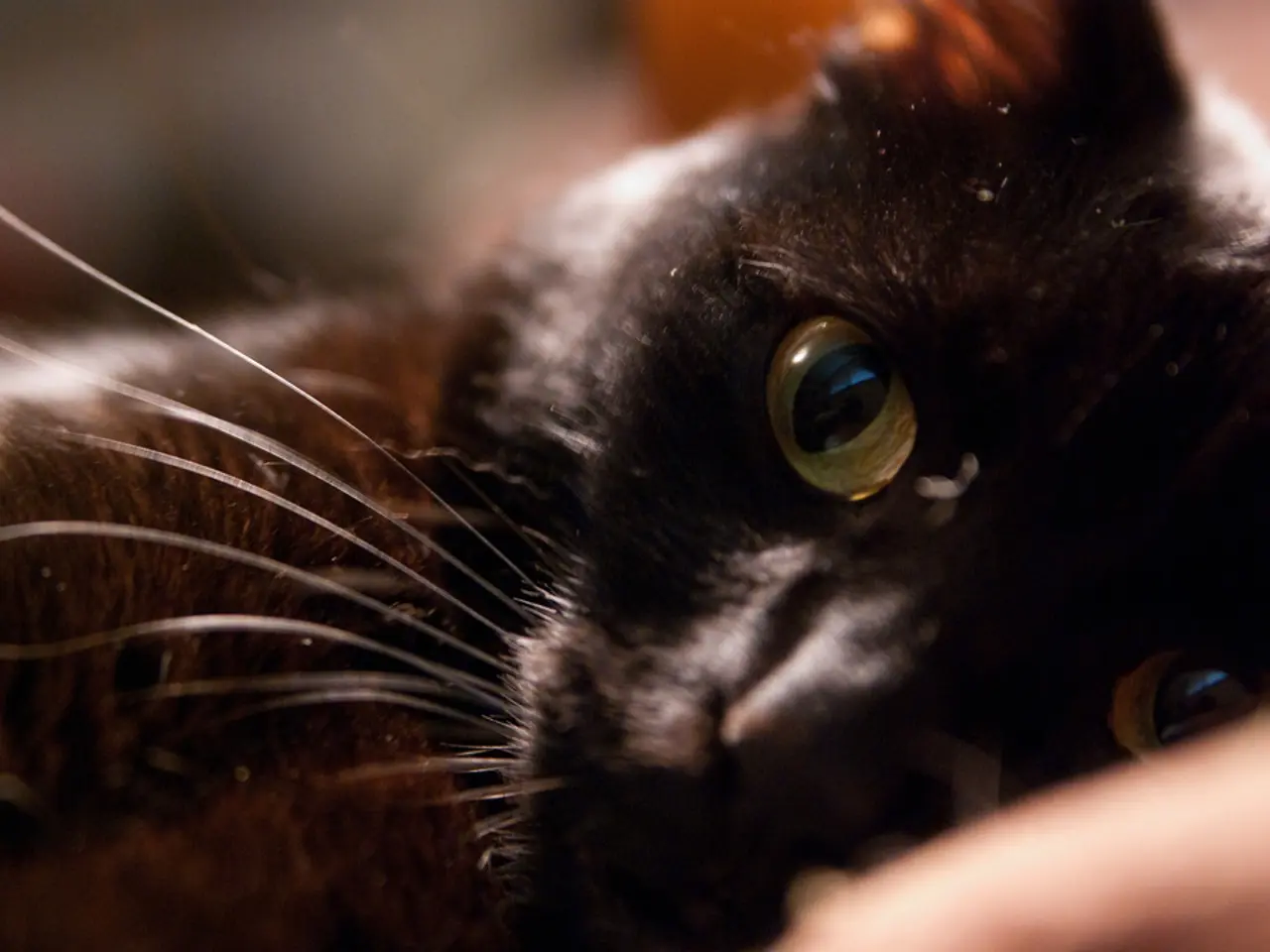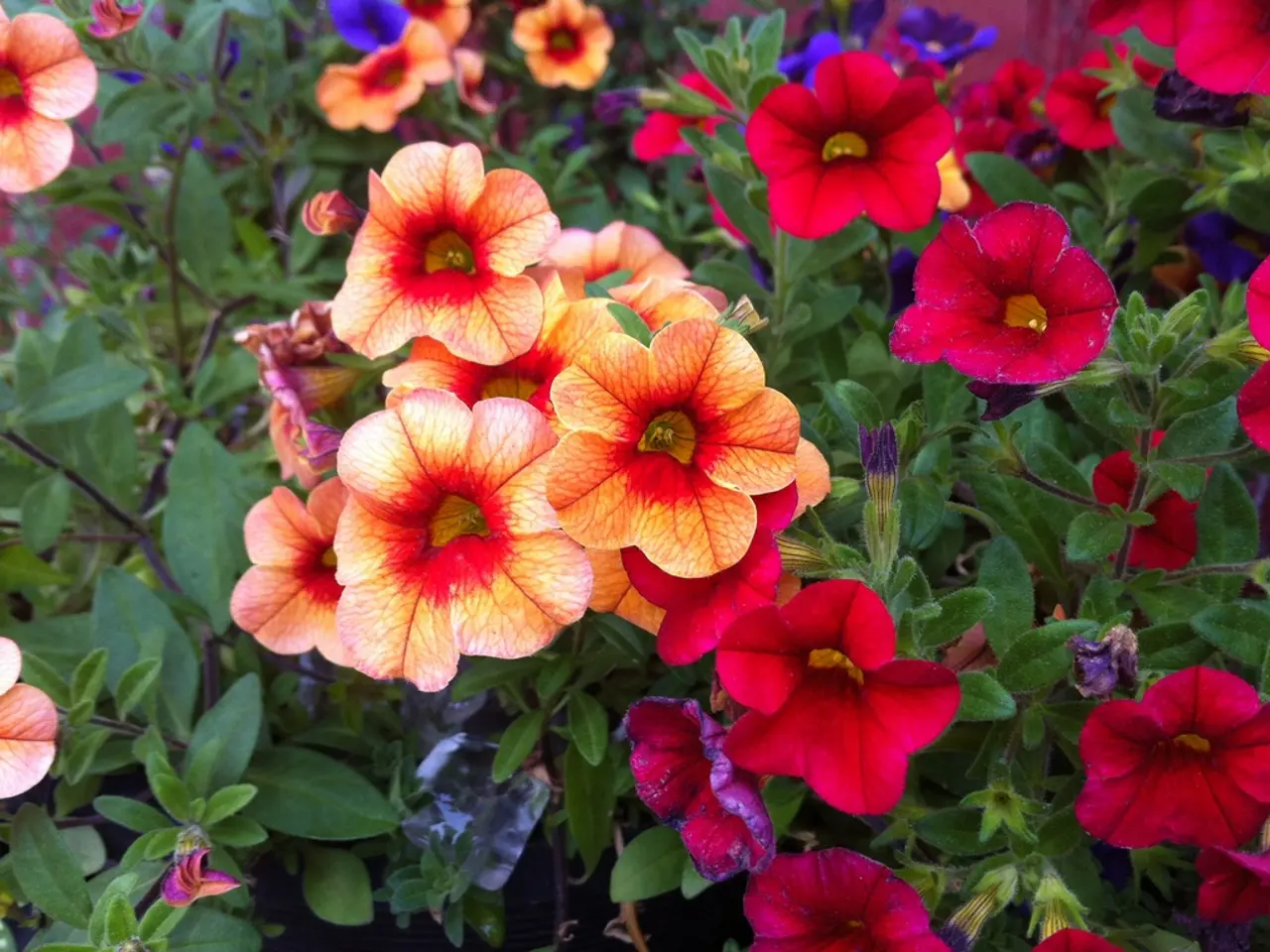Tiny Trees Crafted from Premium Brazilian Rosewood, Specifically Pithecellobium tortum Species
The Brazilian Rosewood Bonsai, scientifically known as Pithecellobium tortum, is a popular choice among bonsai enthusiasts due to its striking appearance and resilience. Here's a comprehensive guide to help you care for a mature Brazilian Rosewood Bonsai and keep it thriving at home.
Soil Requirements -----------------
A well-draining soil mix is essential for the Brazilian Rosewood Bonsai. A good option is to combine universal substrate with perlite in equal parts. This mixture ensures good drainage and prevents waterlogging, which can lead to fungi or root rot. Ensure your pot has drainage holes to allow excess water to escape.
Position and Temperature -------------------------
Place your bonsai outdoors in a location with full sun exposure. The Brazilian Rosewood tree prefers bright light. It thrives best in temperatures around 25-30°C (77-86°F). Avoid overly cold conditions, especially in winter, as watering should be reduced and only applied during severe drought.
Watering ---------
Water the tree regularly but avoid waterlogging. During the summer or dry season, water about 3-4 times a week, while during autumn and winter, reduce watering to 1-2 times a week or only when the soil becomes dry.
Fertilizing ------------
Fertilize the bonsai from early spring to late summer using organic fertilizers such as compost to provide nutrients and support healthy growth. However, avoid fertilizing the soil for the first couple of months to avoid burning the seedling.
Transplanting --------------
When transplanting, ensure the new pot also has good drainage. Use the same soil mixture (universal substrate and perlite) to maintain consistency. Transplanting is best done during the active growing season but should be done carefully to avoid damaging roots.
Pruning Techniques ------------------
Regular pruning is important to maintain the bonsai’s shape and encourage dense foliage. Prune both branch growth and roots as necessary. Additionally, when shaping branches with wire, regularly check to avoid scarring or damage to the bark, removing the wire before it begins to cut into branches.
Caring for the Brazilian Rosewood Bonsai -----------------------------------------
Caring for the Brazilian Rosewood Bonsai is crucial for its well-being and longevity. Be selective when pruning, removing dead, diseased, or damaged branches. Inspect the roots of the tree before repotting, and cut off any brown or mushy roots using clean, sharp pruning shears.
Growing the Brazilian Rosewood Bonsai --------------------------------------
Growing a Brazilian Rosewood Bonsai can be done by buying a young tree or growing it from a seed. Growing from seed is possible but may be difficult, success rate depends on various factors. To grow from seed, prepare a nutrient-rich bonsai soil, soak the seed in water for 24 hours, plant it in the prepared pot, and place it in a warm location with indirect sunlight.
With the right care, a Brazilian Rosewood Bonsai can survive for 100 years or more, just like its counterparts in the wild. By following these practices, you can maintain a healthy, aesthetically pleasing mature Brazilian Rosewood Bonsai at home.
[1] Source: Bonsai Empire () [5] Source: Bonsai Ton ()
Maintaining the health and beauty of a Brazilian Rosewood Bonsai at home is an excellent addition to one's lifestyle, blending home-and-garden pursuits with the art of bonsai care. With the right soil mix, positioning, watering, fertilizing, and pruning techniques, a mature Brazilian Rosewood Bonsai can thrive for many years, making it a rewarding hobby for any bonsai enthusiast.




